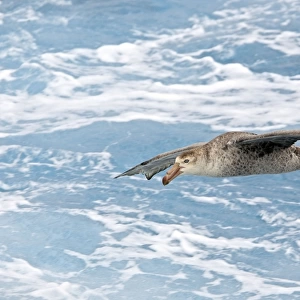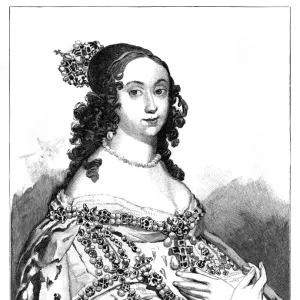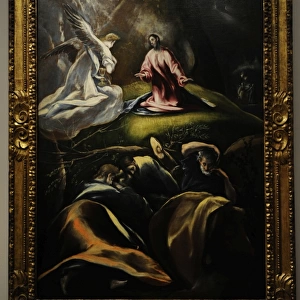Home > Animals > Mammals > Orycteropodidae > Aardvark
Cape Aardvark
![]()

Wall Art and Photo Gifts from Mary Evans Picture Library
Cape Aardvark
Orycteropus species - Cape Aardvark : despite defective sight, the aardvark survives thanks to its sense of smell, which can detect an ant or termite however concealed
Mary Evans Picture Library makes available wonderful images created for people to enjoy over the centuries
Media ID 4369189
© Mary Evans Picture Library 2015 - https://copyrighthub.org/s0/hub1/creation/maryevans/MaryEvansPictureID/10193580
Cape Concealed Defective Detect Sense Sight Smell Species Survives Termite 1919 Aardvark
FEATURES IN THESE COLLECTIONS
> Animals
> Mammals
> Aardvark
> Animals
> Mammals
> Orycteropodidae
> Aardvark
EDITORS COMMENTS
1. Title: "The Tenacious Cape Aardvark: Surviving the Underground with Unmatched Sense of Smell" 2.. This photograph, taken in the early 1900s, showcases the intriguing Cape Aardvark (Orycteropus afer), a unique and fascinating creature native to Southern Africa. Despite its defective sight, this nocturnal mammal has adapted remarkably well to its environment, relying on its extraordinary sense of smell to locate and unearth its food sources. The Cape Aardvark, also known as the Cape Anteater or the Cape Mole-rat, is the largest of the aardvark species. Its elongated snout, powerful claws, and long, sticky tongue are all adaptations that aid in its hunting for ants, termites, and other insects. However, its eyes, though small and beady, are not well-suited for detecting prey above ground. Instead, the aardvark's keen sense of smell plays a crucial role in its survival. The Cape Aardvark's sense of smell is so acute that it can detect an ant or termite, no matter how concealed or deeply buried. This ability allows the aardvark to navigate the complex burrow systems of its prey, using its powerful claws to dig into the ground and its long, sticky tongue to capture the insects. Historically, the Cape Aardvark has been an essential part of the African ecosystem, playing a significant role in controlling insect populations. Its unique characteristics and adaptations have fascinated humans for centuries, making it a subject of interest for naturalists, explorers, and photographers. This photograph, a historical treasure from the Mary Evans Prints Online archive, offers a glimpse into the past, showcasing the intriguing world of the Cape Aardvark and its remarkable ability to thrive despite its visual limitations.
MADE IN THE USA
Safe Shipping with 30 Day Money Back Guarantee
FREE PERSONALISATION*
We are proud to offer a range of customisation features including Personalised Captions, Color Filters and Picture Zoom Tools
SECURE PAYMENTS
We happily accept a wide range of payment options so you can pay for the things you need in the way that is most convenient for you
* Options may vary by product and licensing agreement. Zoomed Pictures can be adjusted in the Cart.





